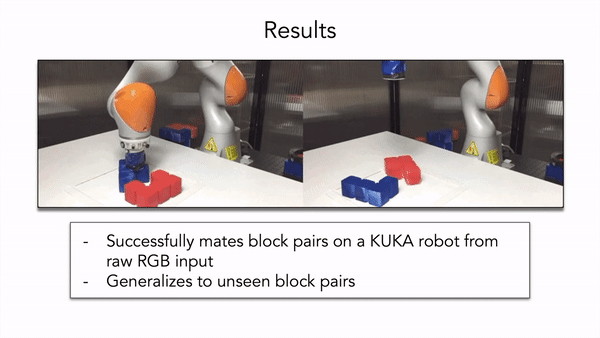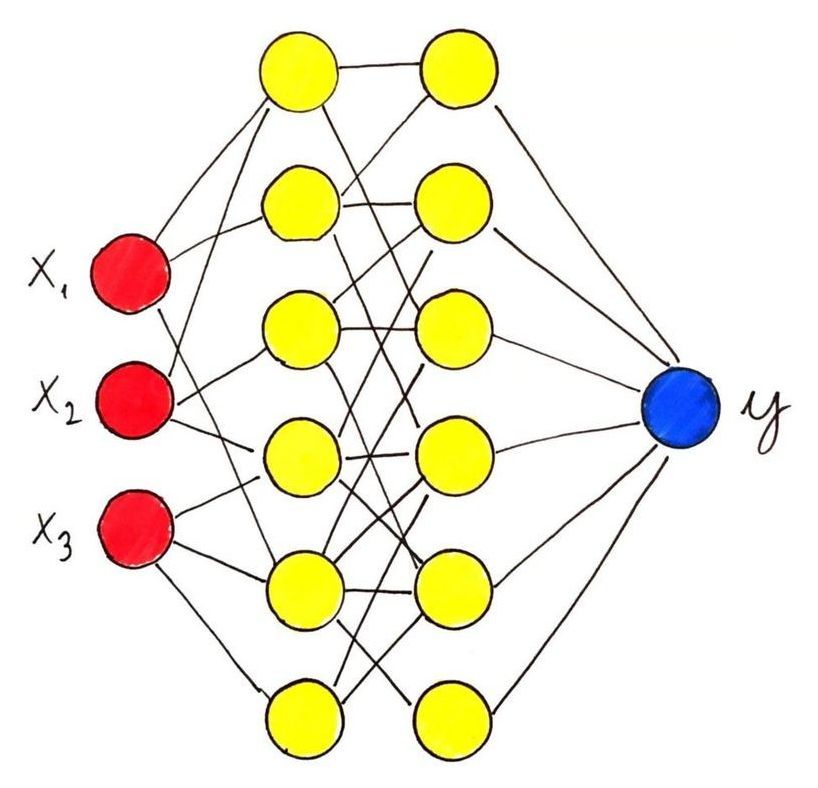Google and Stanford University researchers propose a technique that has AI predict the steps required to reach a goal state.




Advances in artificial intelligence could soon make creating convincing fake audio and video – known as “deepfakes” – relatively easy. Making a person appear to say or do something they did not has the potential to take the war of disinformation to a whole new level. Scroll down for more on deepfakes and what the US government is doing to combat them.

The ability to estimate the physical properties of objects is of key importance for robots, as it allows them to interact more effectively with their surrounding environment. In recent years, many robotics researchers have been specifically trying to develop techniques that allow robots to estimate tactile properties of objects or surfaces, which could ultimately provide them with skills that resemble the human sense of touch.
Building on previous research, Matthew Purri, a Ph.D. student specializing in Computer Vision and AI at Rutgers University, recently developed a convolutional neural network (CNN)-based model that can estimate tactile properties of surfaces by analyzing images of them. Purri’s new paper, pre-published on arXiv, was supervised by Kristin Dana, a professor of Electrical Engineering at Rutgers.
“My previous research dealt with fine-grain material segmentation from satellite images,” Purri told TechXplore. “Satellite image sequences provide a wealth of material information about a scene in the form of varied viewing and illumination angles and multispectral information. We learned how valuable multi-view information is for identifying material from our previous work and believed that this information could act as a cue for the problem of physical surface property estimation.”

Eric Klien
A liquid metal lattice that can be crushed but returns to its original shape on heating has been developed by Pu Zhang and colleagues at Binghamton University in the US. The material is held together by a silicone shell and could find myriad uses including soft robotics, foldable antennas and aerospace engineering. Indeed, the research could even lead to the creation of a liquid metal robot evoking the T-1000 character in the film Terminator 2.
The team created the liquid metal lattice using a special mixture of bismuth, indium and tin known as Field’s alloy. This alloy has the relatively unusual property of melting at just 62 °C, which means it can be liquefied with just hot water. Field’s alloy already has several applications – including as a liquid-metal coolant for advanced nuclear reactors.
Zhang and colleagues combined the alloy with a silicone shell through a complex hybrid manufacturing process that combines 3D printing, vacuum casting and so-called “conformal coating” – a technique normally used to coat circuit boards in a thin polymer layer to protect them against the environment. The silicone shell is what allows the lattice to “remember” a desired shape and restore such when the alloy is melted.



Tissue biopsy slides stained using hematoxylin and eosin (H&E) dyes are a cornerstone of histopathology, especially for pathologists needing to diagnose and determine the stage of cancers. A research team led by MIT scientists at the Media Lab, in collaboration with clinicians at Stanford University School of Medicine and Harvard Medical School, now shows that digital scans of these biopsy slides can be stained computationally, using deep learning algorithms trained on data from physically dyed slides.
Pathologists who examined the computationally stained H&E slide images in a blind study could not tell them apart from traditionally stained slides while using them to accurately identify and grade prostate cancers. What’s more, the slides could also be computationally “de-stained” in a way that resets them to an original state for use in future studies, the researchers conclude in their May 20 study published in JAMA Network Open.
This process of computational digital staining and de-staining preserves small amounts of tissue biopsied from cancer patients and allows researchers and clinicians to analyze slides for multiple kinds of diagnostic and prognostic tests, without needing to extract additional tissue sections.


Circa 2012
Arthur C. Clarke is famous for suggesting that any sufficiently advanced technology would be indistinguishable from magic. There’s no better of this than the ultra-speculative prospect of “utility fogs” — swarms of networked microscopic robots that could assume the shape and texture of virtually anything.